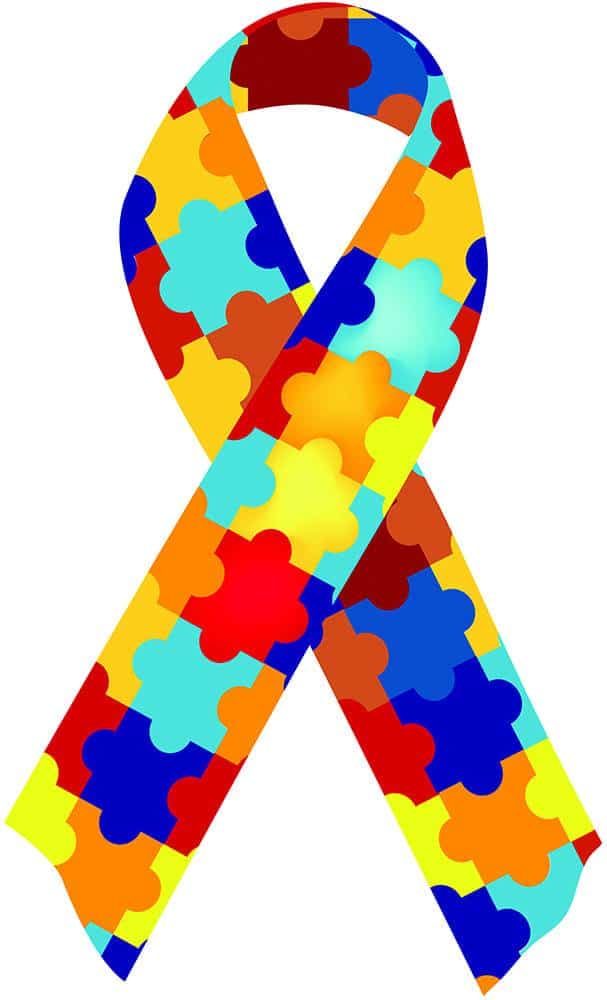A care worker’s memoir

author: siobhán neary | contributor, autism resource center

I love the saying, “When you meet one person with autism, you have indeed only met one person with autism.”
Over the past seven years, I have been blessed to be able to work with children, youth, adolescents, and adults who have autism. I say blessed because merely being surrounded by such a diverse group of people has enriched my life beyond my wildest expectations. Working in this area has taught me patience, tolerance, love, silliness, empathy, a lens for personalization, and above all an ability to look beyond the medical “disability” approach and look toward a universal strength-based approach where we recognize individual abilities.
It has been up to me to watch my clients very carefully to determine what their own strengths and challenges might be, because every person living with autism is unique. I love the saying, “When you meet one person with autism, you have indeed only met one person with autism.”
In the past, we have often viewed people along the autism spectrum as having a “disability,” or as someone that needed to conform to an already established program. What I have learned is that each individual has their own personality and way of learning. It is up to me, as their worker or even friend, to observe their diverse abilities and to determine how to work with their strengths (i.e., what they can do, what they are passionate about). In the process, each continues to teach me about autism and how adaptable you need to be.
The people that I have had the privilege of working with have taught me patience, because I have been able to watch them grow at their own rate, in their own time. What I have noticed is that if we try to control learning, then the healthy relationships between the worker and student is hindered. Many of my clients have experienced some aspect of anxiety, where the necessity of being able to read primarily nonverbal cues to reduce their stress has taught me how to look at the entire environment to determine effective learning strategies. These learning techniques and strategies will instrumentally differ from person to person. We can no longer afford to teach individuals with autism through prescribed programs, but rather we must become behavioral detectives and constantly look for signs and signals from our clients that work best for their specific needs.
These signs and signals may not necessarily come through familiar words, but are displayed through a variety of nonverbal signals (a change in facial expression, body language, intonation, vocal pitch/volume, etc.). This phenomenon is magnified with people along the autism spectrum, and it is up to the teaching staff to look for preventative ways in all environments to reduce anxiety so that all can learn effectively.
As mentioned previously, I am truly blessed for these past seven years. My clients have taught me more about myself than anything in my life so far. I too am continuing to learn new strategies that help individuals reach their specific goals – working in autism is constantly a learning process. I am honored and humbled to work with diverse populations, and I know that each client deserves the utmost respect and dignity from me. Working with individuals with autism has indeed made me a better person.









